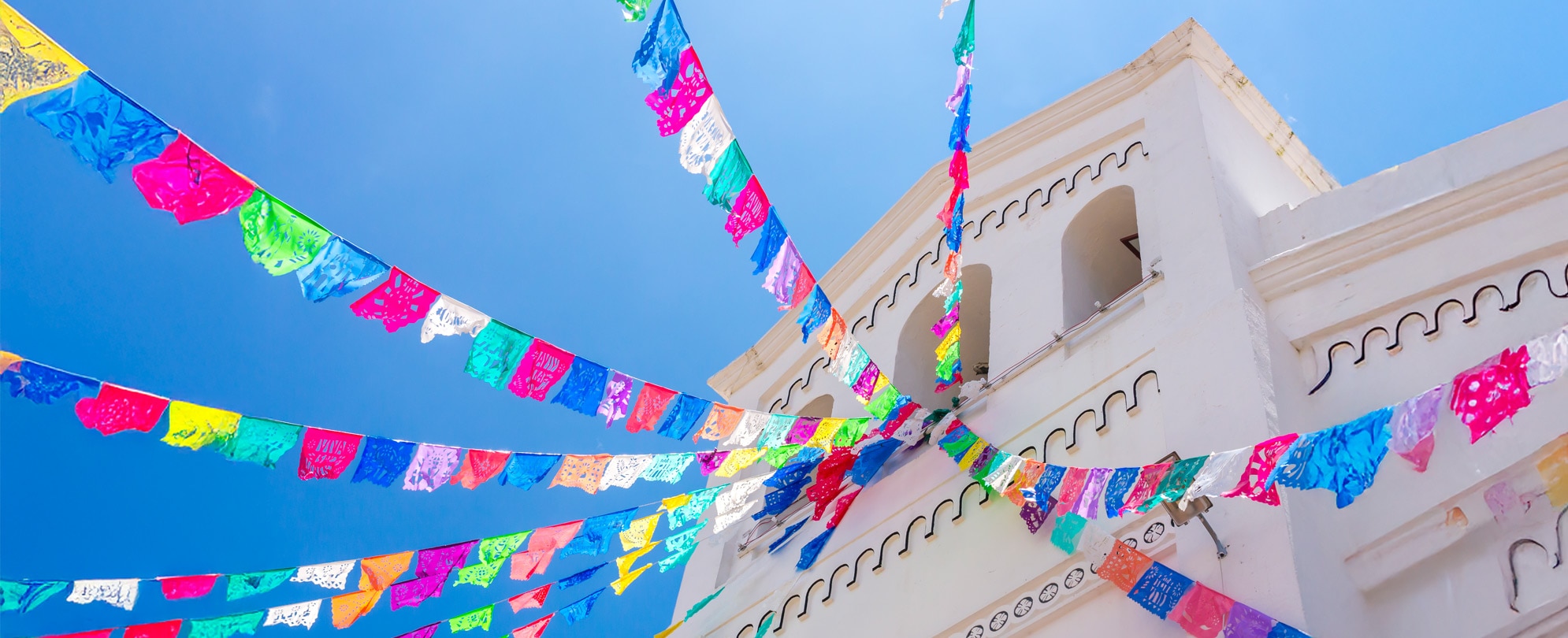

Native Puerto Rican son, Bad Bunny, who grew up in a rural area outside of San Juan before becoming an international reggaeton music superstar, made history in 2025 when he launched his world tour on the Isla del Encanto. From 16th century forts like San Felipe del Morro and salsa bars in the colorful streets of Old San Juan (a UNESCO World Heritage site), to the colonial beauty in historic towns like Ponce and Guayama further afield on the island, Puerto Rico immerses visitors in Hispanic culture at every turn.
During a vacation here, you can visit local markets and bakeries selling things like bacalaítos (fried cod fritters) and empanadillas, sign up for Spanish classes, or take a cooking class to learn to make island specialties like mofongo (made from plantains), and arroz con gandules (rice and pigeon peas) — just a few fun ways to experience the Boricua spirit next time you’re in Puerto Rico.
Your Resort: Margaritaville Vacation Club - Rio Mar
Home to the largest Día de los Muertos (Day of the Dead) celebrations in all of the U.S., the Texas city known for its lively Riverwalk and The Alamo is a hot spot for Hispanic culture all year long. The majority (roughly 64 percent) of the population in this beautiful city near Texas Hill Country identifies as Hispanic, primarily of Mexican origin. So it’s no surprise that San Antonio’s dining scene is best known for its distinctive Tex-Mex cuisine that has earned the city recognition as a UNESCO Creative City of Gastronomy.
Sample authentic Mexican and Tex-Mex foods from scores of vendors at Historic Market Square, a plaza originally gifted to the city’s original settlers in 1730 by the King of Spain (the city was the site of early Spanish settlements in Texas, more than 300 years ago). San Antonio also hosts the first museum in the country dedicated to preserving the history of Mexican American Civil Rights.
Your Resorts: Club Wyndham La Cascada, Club Wyndham Riverside Suites
The world’s largest Cuban diaspora is centered in Miami-Dade County in South Florida, which saw the first massive influx from the Caribbean Island after the 1959 Cuban Revolution. Today, according to the South Florida Hispanic Chamber of Commerce, the region considered the gateway to the Americas has a population that’s roughly 67 percent Hispanic.
Miami’s Calle Ocho, the heart of the Cuban community and home to the famous Versailles Cuban restaurant and Domino Park in Little Havana, is an atmospheric place to stroll with a cortadito or cafe con leche while soaking in the energy. But Hispanic culture influences many other pockets across Miami and South Florida, too, from the Venezuelan diaspora centered around Doral to Fort Lauderdale and Cape Coral’s thriving entrepreneurial Hispanic communities.
Part of the Spanish empire from the late 16th century to the early 19th century, New Mexico as we know it today was heavily shaped by colonialists who came to the region with their language, traditions, art, and music. The state was the first in the U.S. to have a bilingual multicultural education law, and census data reports that more than 50 percent of New Mexico' s entire population identifies as Hispanic or Latino.
In Albuquerque, the National Hispanic Cultural Center offers guided tours of Hispanic and Latin American art and shows bilingual operas, flamenco performances, and Latinx films at a performing arts center.
Your New Mexico Resorts: Club Wyndham Taos
In the most recent U.S. census (2020), Hispanic Californians made up the largest racial or ethnic group in the state at over 39 percent, with immigrants from Mexico making up most of that majority. Cities like San Diego and Los Angeles epitomize that cross-border camaraderie and culture. In the former, Chicano Park — in the long-established Mexican-American neighborhood of Barrio Logan in southcentral San Diego–houses the largest collection of Chicano murals in the world. Surrounding the park, an emerging arts district is the place to browse galleries, boutiques and breweries.
San Diego is a hub for Día de los Muertos festivities every year, too. Chicano culture has similarly shaped Los Angeles’ strong Hispanic identity, with institutions like the Museum of Latin American Art and La Plaza de Cultura y Artes serving as community hubs for celebrating Latinx culture and preserving the stories and art of these populations that define so much of life in Southern California.
Your Anaheim Resorts: Club Wyndham Anaheim, Club Wyndham Dolphin’s Cove
Your San Diego Resorts: Club Wyndham Harbour Lights, Club Wyndham Inn at the Park
